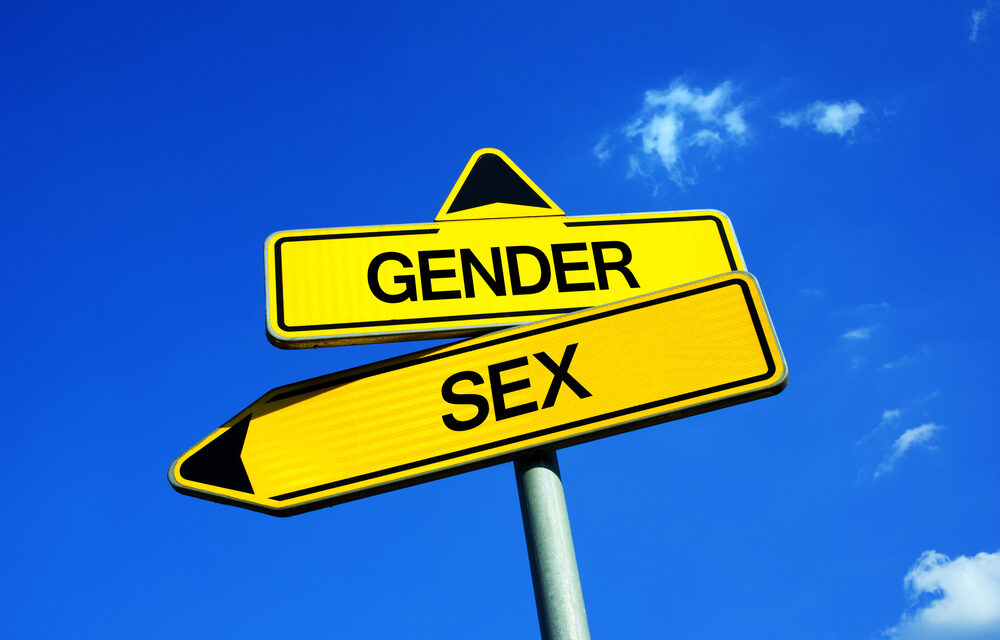As part of our efforts to amplify the AILA Law Journal, Author Elaine Wood shares a bit about her article in the newly released Fall 2023 edition of the AILA Law Journal entitled “Persecution Taxonomy: Adding Sex and Gender as Protected Grounds for Asylum” in which she argues persuasively that revising the applicable language is now imperative to address contemporary concerns. AILA members, access your free digital copy of the Law Journal to read more!
Introduction
In 2023, the United Nations High Commissioner for Refugees (UNHCR) anticipates that approximately 117.2 million individuals will confront forced displacement and statelessness. However, in the previous year, the United States extended asylum to a mere 2% of those who sought refuge. This disparity raises critical questions about the criteria governing asylum approval and the embedded gender and sex bias within the
U.S. asylum system. This blog post explores the intricate issue of gender and sex bias in U.S. asylum law and advocates for the inclusion of both gender and sex as recognized grounds for asylum claims.
Gender and Sex Bias in U.S. Asylum Law
A perplexing challenge within the U.S. asylum system is the conflation of gender and sex, which has resulted in biased social constructs that disproportionately affect women. Scholars argue that the asylum process has long centered on male applicants, experiences, and circumstances, creating an environment where gender and sex bias thrives. This blog post highlights the gender and sex bias issue entrenched in the U.S. asylum system, particularly as it pertains to women.
International and National Asylum Regulations
At the international level, the 1951 Geneva Refugee Convention delineates the definition of a “refugee.” However, the Convention does not explicitly encompass persecution based on sex or gender, thus leaving a significant gap in its coverage. The
U.S. Refugee Act of 1980, the cornerstone of national asylum law, also fails to explicitly consider sex and gender as grounds for asylum protection.
Persecution Taxonomy: Violations of Bodily Integrity
To gain a comprehensive understanding of the gender and sex bias within U.S. asylum law, it is imperative to closely examine several prominent asylum cases that fall into four primary categories, each representing a different facet of gender and sex-related persecution:
- Mutilation: Cases like Matter of Kasinga and Mohammed v. Gonzales revolve around female genital mutilation (FGM), inflicting physical and psychological harm on women specifically due to their sex.
- Sterilization: Matter of Y–T–L– addresses forced sterilization, another form of sex-related persecution where an individual’s body is violated based on their
- Dress Code Violations: Cases such as Fatin v. I.N.S. and Matter of S–A– highlight how women are persecuted for deviating from societal dress norms, which are often rooted in gender expectations.
- Intimate Partner Violence: Cases like Matter of A–R–C–G– and Matter of A–B– revolve around intimate partner violence targeting women due to their
The Necessity of Broadening Asylum Grounds
These cases serve as a stark reminder of the prominent role gender and sex bias plays in U.S. asylum law. While the 1951 Geneva Refugee Convention and the INA do not explicitly mention gender and sex as protected grounds for asylum, it is evident that addressing this void is of utmost importance.
The concept of “gender and sex-related persecution” encompasses acts against women that cause physical and psychological harm, either due to their gender or sex, or their membership in a specific class of women. In asylum cases, the distinction between sex and gender identity is often blurred, leading to profound consequences. The language used in these cases and the interchangeability of terms contribute to implicit sexism within U.S. immigration law.
Significance of the Issue
An analysis of these cases enables us to comprehend how gender and sex bias becomes manifest in asylum jurisprudence. It is clear that gender and sex bias not only affects women through non-inclusive language but also influences the conceptualization and response to gender and sex-related persecution. The gender and sex bias inherent in asylum law may be a byproduct of a system designed to favor and serve male interests. While the 1951 Convention was well-intentioned in its time, revisiting and revising its language is now imperative to address contemporary concerns.
Conclusion
The U.S. attorney general’s 2021 reversal of the Matter of A–B– decision offers a glimmer of hope for a more inclusive and equitable asylum system. This reversal signals a potential shift in the legal landscape, with the promise of better outcomes for future asylum applicants. The conversation about expanding asylum grounds to include gender and sex is not just a matter of legality but a matter of human rights.
The time has come to advocate for comprehensive reform within U.S. asylum law, ensuring that gender and sex-related persecution is not disregarded in the asylum process. In taking this step, we aim to protect the rights of individuals who face persecution solely because of their gender and sex. The path to a fair and just asylum system begins with recognizing the importance of addressing gender and sex bias and the need to advance gender and sex equality in asylum protections.







